Montmartre's old hangouts: Café de Madrid
Writers and newspaper editors enjoyed a good debate in this old place
Last week I told you about Le Rat Mort, an iconic café that lived a number of different lives during the 19th and 20th centuries. Folks, a lot of books was written about the famous cafés of Paris during this time period. They’re not just guidebooks, either, but rather stories about the people who practically used these cafés as their own living room.
In the early 1860s, Café de Madrid was not as well-known as Le Rat Mort. According to one account, the majority of its customers belonged to the working and wealthy class of entrepreneurs and merchants.
For context, France was in the middle of its Second Republic (1852-1870). This was a period of great change in Paris, including the appointment of Baron Haussmann to modernize the French capital. (I wrote about this in Paris Street Numbers - Decoded!)
Over time, Café de Madrid became a place where prominent writers and newspaper editors would talk about important political and societal matters. According to the accounts I’ve read, they’d meet there regularly between noon and 4pm to hold discussions and debates — often about things they wouldn’t dare print in their newspapers:
Once inside, the conversations began, Europe was rebuilt, the Empire was demolished, and the [French] Republic became the government of France.
-Les Cafés Politiques et Littéraires
One of the books that mentions Café de Madrid is entitled Les Heures Parisiennes by Alfred Delvau, printed in 1866. In this book, he says the vaudevillians would have their lunch at Café des Variétés and the ‘men of letters’ would dine at Café de Madrid.
(As an aside, he also describes Café de Madrid as ‘the Divan Le Peletier of 1866’. Of course I had to look this up. I discovered that Divan Le Peletier was yet another café that was popular in the previous decade, but it closed in 1859 because it was overrun by ‘low bohemians’.)
A lot of the writeups about Café de Madrid describe the personalities and some of the arguments the editors and others would have over political matters. But unless you know who they’re talking about, it’s a lot of insider information about people I’m not familiar with.
One example of a frequent visitor was a journalist and writer for Le Figaro newspaper named Hector de Callias. He was described as an alcoholic who’d be at the Café de Madrid writing his columns “surrounded by empty glasses”. Interestingly, his wife, Nina de Villiard, was famous in her own right as a poet and host to a number of famed artistic salons in Paris. She even posed for Edouard Manet in the 1878 painting La Dame aux éventails — or ‘The lady with the fans’. She and her husband were both described as eccentric, which I’m sure was entertaining (or annoying?) to the people who knew them.
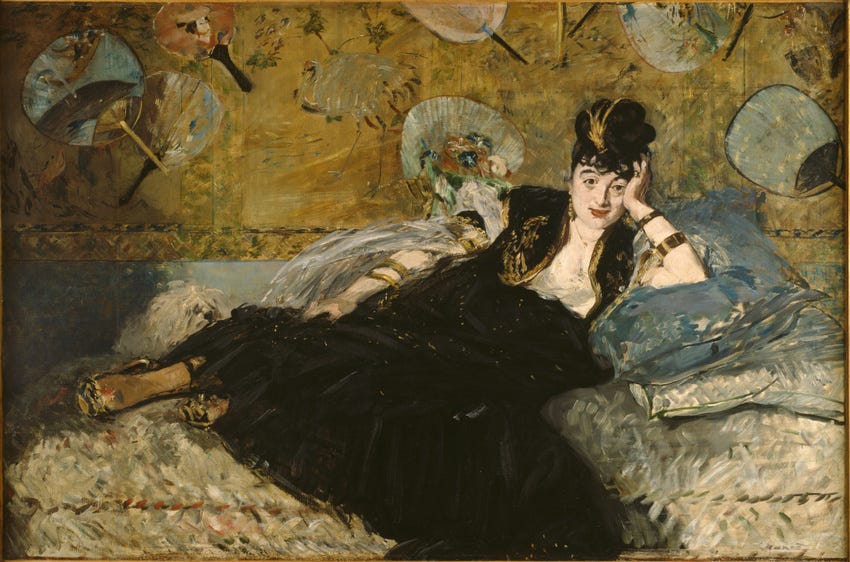
Then there are other, more colorful descriptions of the cafe’s clientele, like this one about a journalist named Eugène Razoua:
Razoua, seated in front of a glass of absinthe, smoked like a locomotive, and probably did not think, while tasting the green liquor, that he would be one of the powerful of the Commune [a revolutionary period in Paris in 1871].
As the quote above mentions, the backdrop of this cafe’s life was a brief revolutionary period in Paris in 1871 known as La Commune. Some of what was being discussed were sensitive political matters that ended up getting a lot of people arrested, including some of the patrons from Café de Madrid. It did resume operations after that, but it’s been very hard to find any information about when Café de Madrid finally closed.
I have to confess that this Substack was hard to write. I think it’s because I found so many books (more than photographs) about Cafe de Madrid, and I’d get stuck down a rabbit hole of figuring out who its patrons were.
One thing I observed in doing this research, though, is what I can compare Café de Madrid to today: if you sit in a Paris café now, you will certainly overhear conversations about the state of the nation, or the world. This is a cultural aspect of French life today as much as it was during the 19th century. I’m so glad it’s still a strong symbol of French cultural and political awareness.
Finally, just for kicks, I found this old menu for Café de Madrid from 1923:
Sources:
Les Cafés Politiques et Littéraires de Paris - BnF Gallica
Les Heures Parisiennes - BnF Gallica





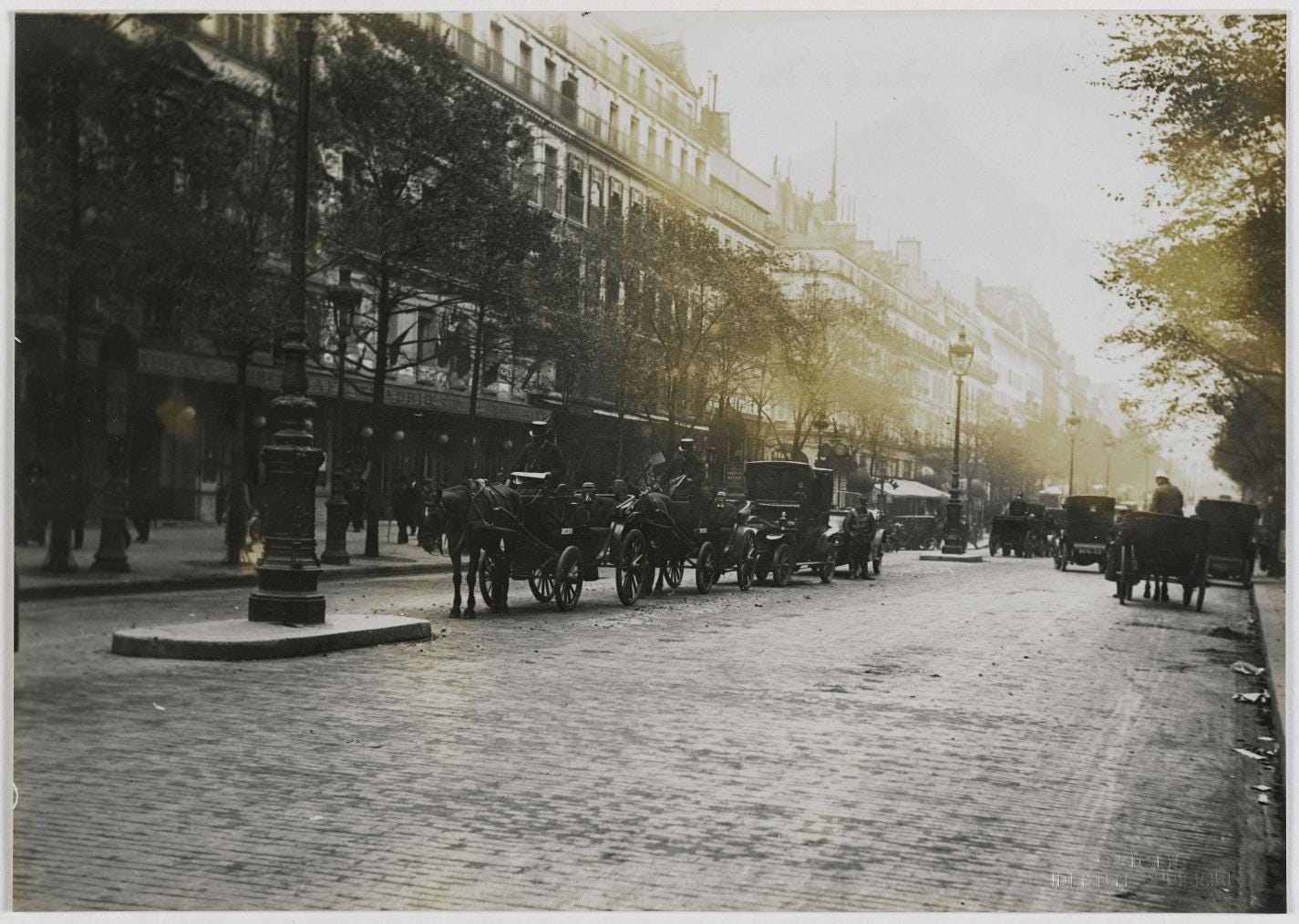

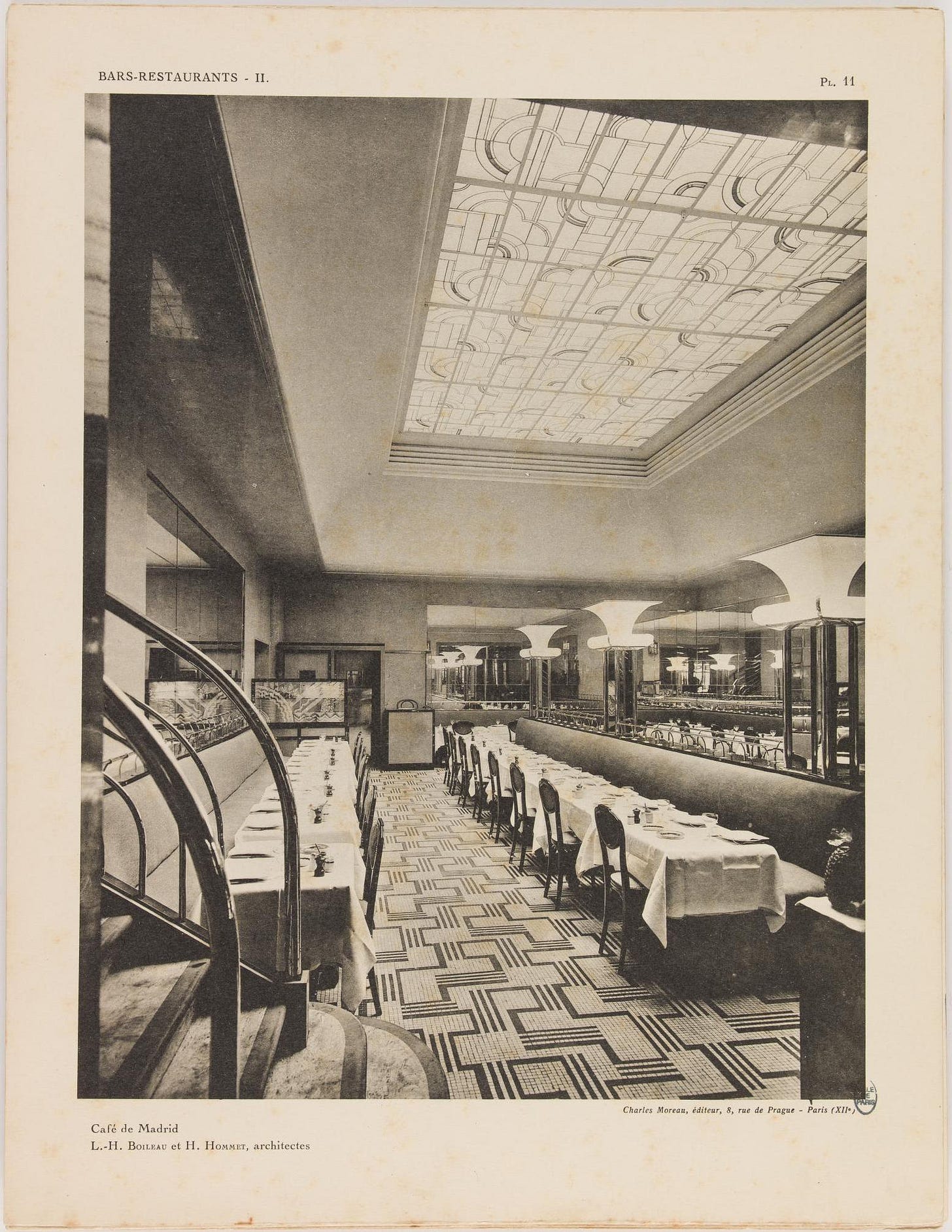
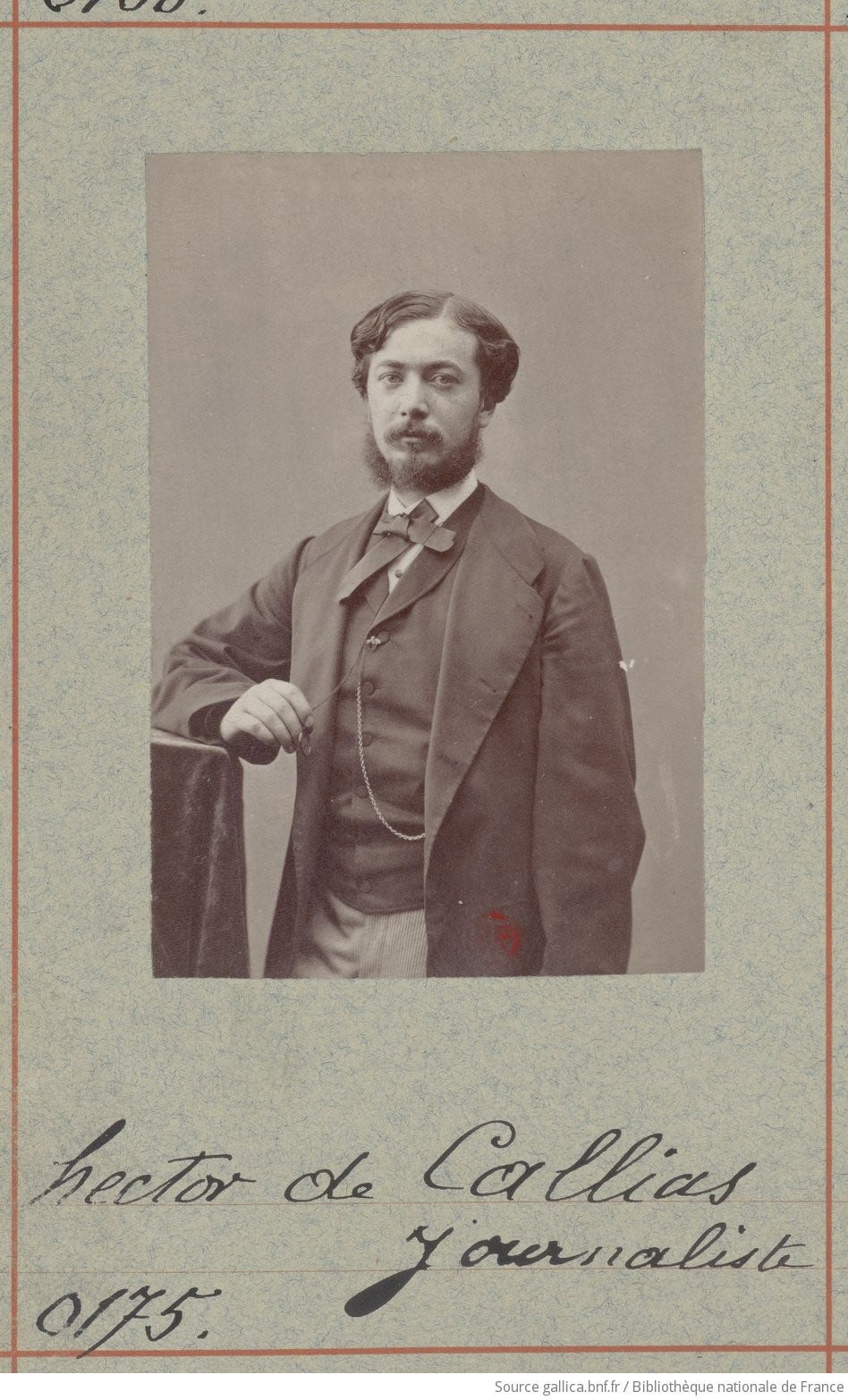
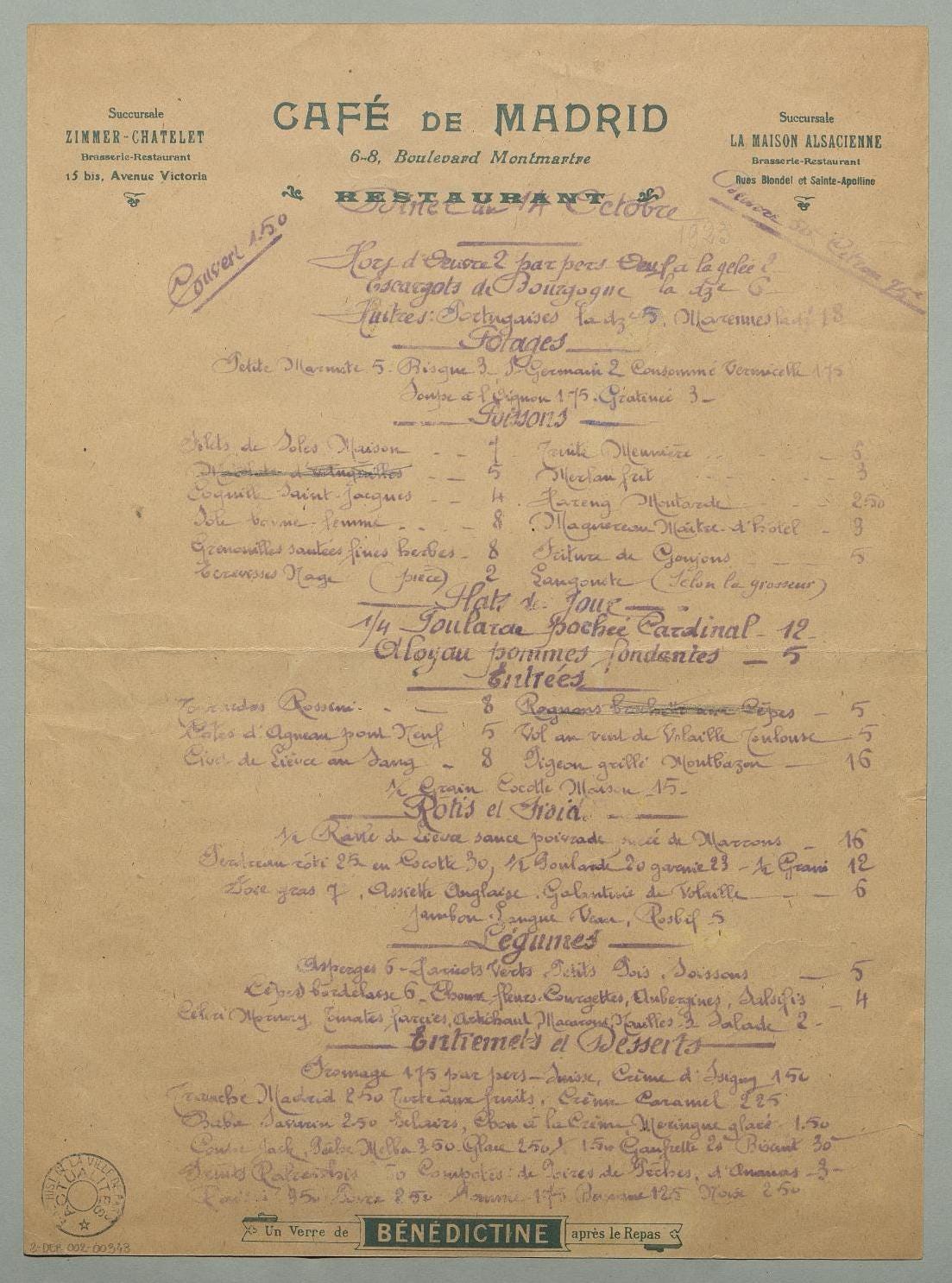
Nice work! Or should I say bon travail! Very interesting article!
Very interesting. It would be nice to have similar cafes here.